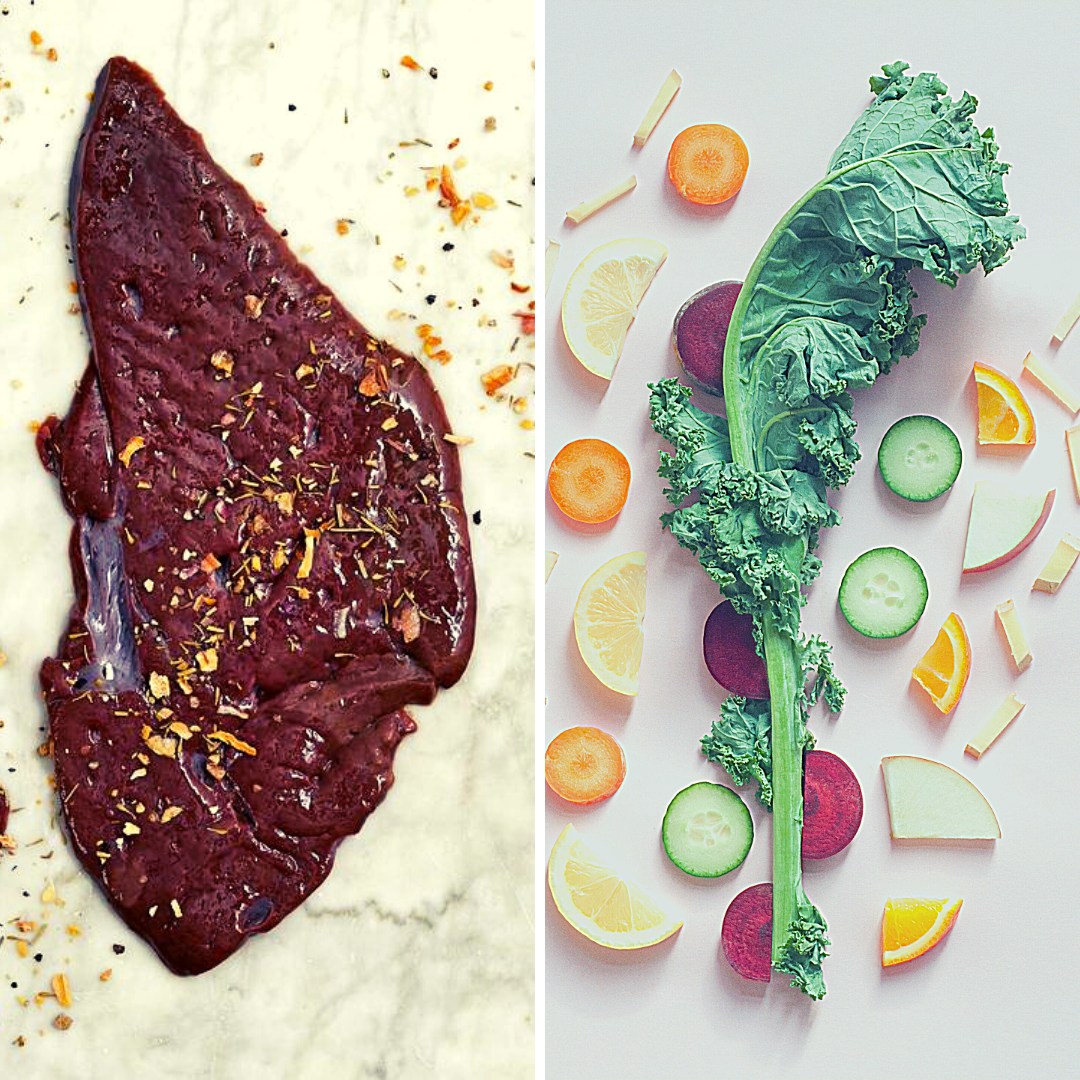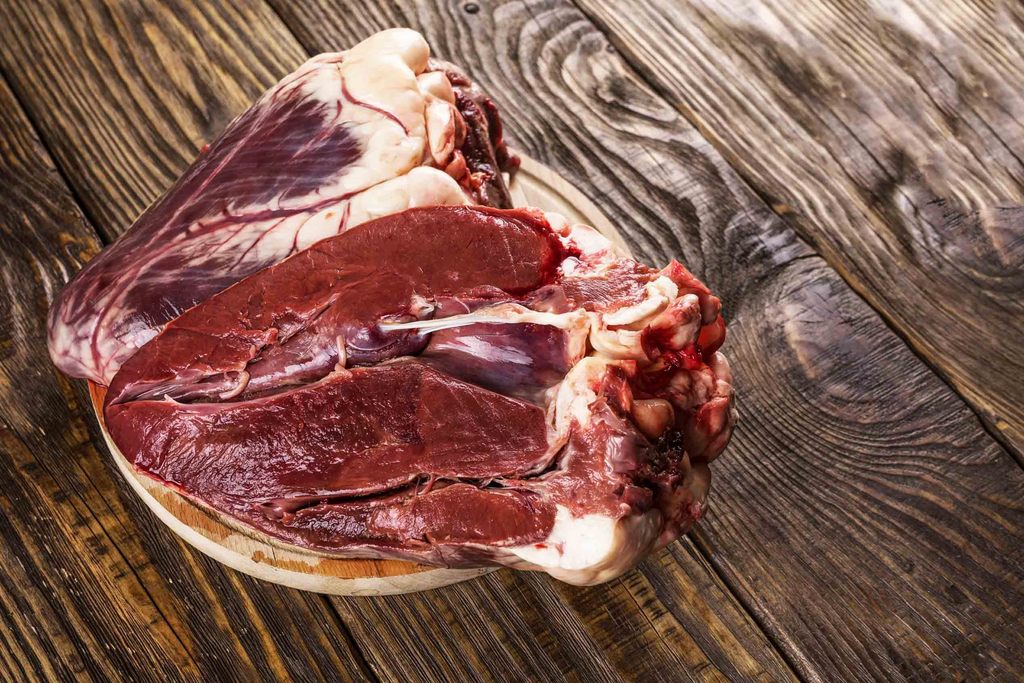About Gemstone Grass Fed Beef
Gemstone Grass Fed Beef is produced by the Doerksen family. We are a fourth generation farming and ranching family situated in the prairie grasslands in Gem, Alberta, approximately 150 km east of Calgary, Alberta.
Our Vision
Our vision is to supply a trusted source of high quality grass fed beef to Alberta families. Using the principles of regenerative farming, we aim to improve the health of our land, cattle and the families we feed.
Before joining the farm to table movement, we asked ourselves: How can we create a product that is good for our animals, good for our environment, and good for our customers?
Good for our animals
Low Stress Environment: Animal care is our top priority. We believe in creating a comfortable, natural environment for our cattle, using low-stress handling and herding methods mostly with horses. In the winter, the cattle remain free to roam in pastures, but are also provided with wind shelter and straw bedding for protection during storms and extreme cold.
Forage only diet: Gemstone cattle are born and raised on our farm and enjoy a nutrient rich forage based diet with no grains. Why no grain? Cattle are designed to digest grass. Grains are high in starch and lower the pH of a cows digestive system which can lower their immunity. Grains also change the chemical makeup of the beef and fat making it less nutritious compared to grass finished beef.
What do we feed in winter? To maintain health and growth, cattle finished in the cold winter months are fed a mix of green hay and silage. Silage is chopped up grass, or other green fodder, that is preserved over the winter by airtight fermentation to prevent spoilage. Just like canning vegetables or fruits! Small quantities of rolled flax or malt sprouts may also be added for extra energy and nutrition. No high starch grains like barley and corn are fed.
No Added Hormones: We do not add synthetic hormones to increase weight gain. We allow cattle to grow and put on fat naturally. “Slow Food”
Raised Without Antibiotics: Our goal is to keep our herd healthy and limit the use of antibiotics. If an animal does get sick and requires intervention we will use antibiotics in order to save its life. However, the animal is then removed from the herd and the beef will not be sold to our customers. We are continuing to learn natural ways of preventing and treating minor health problems to minimize the need for antibiotics.
Good for our environment
We are committed to creating a healthy, thriving environment for generations to come through regenerative agriculture. What is regenerative Agriculture? Regenerative agriculture is a system of farming principles and practices that increase biodiversity and improve soil health. Grazing animals like cows are essential to make this happen. How? Through Rotational Grazing.
Rotational Grazing: We use temporary fencing to split up our pastures into smaller grazing areas called paddocks. Cattle are rotated through the paddocks frequently so they are always eating the most nutritious grass and never overgrazing. The goal is to only graze 50% of the plant height before moving on to a new paddock. Grazing only half of the plant allows photosynthesis to continue at full force, using carbon dioxide from the air, water and sunlight to produce sugars and eventually more leaves and stems. Some of the carbon also flows into the soil in liquid form through plant roots. This carbon feeds beneficial soil microbes which in turn help the plants get the nutrients they need from the soil. The grazing action of cattle also stimulates root growth which is necessary for plant growth. Properly grazed grasslands can sequester a significant amount of atmospheric carbon in the soil through plant roots. Without grazing, pastures and native grasslands would eventually die, releasing methane and eventually lead to desertification.
Species Diversity: Our pastures contain many species of grasses and legumes that work together to create a nutritious feed source for our cattle. Legumes like clover and vetch have nodes on their roots which attract special microbes. These microbes are capable of converting nitrogen from the air into a plant usable form stored in the soil. Free fertilizer! Many grass species are also useful at storing other important nutrients like phosphorous. Plants can then share these nutrients with each other with the help of mycorrizal fungi.
So many amazing interactions occur between the atmosphere, plants, animals and the soil. We continue to work towards healthier soils and pastures which we believe reflects in the health of our cattle and the nutritional quality of our beef.
Good for our Customers
Regardless of what cattle are fed, red meat is nutrient dense. It contains vitamins A, B6, B12, D, E, minerals like iron and zinc, and essential amino acids. We know that all beef is healthy. However, research has shown that finishing cattle on a grass fed diet has many significant health benefits for consumers compared to grain fed beef.
Some of the health benefits of grass fed beef include:
-
Higher in Vitamin A and E: powerful antioxidants that support healthy vision, skin, bones and other tissues in the body.
-
Two to three times more conjugated linoleic acid: a healthy fat that's been tied to improved immunity and anti-inflammation.
-
Higher concentration of omega-3 fatty acids: essential fatty acids that have been associated with reduced risk of cardiovascular disease, cognitive decline, and other conditions.
-
More desirable omega-6 to omega-3 ratio: Health professionals suggest that a healthy diet consists of 1 to 4 times more omega-6 fatty acids than omega-3 fatty acids. While essential for normal body function, excess amounts of omega-6 can cause inflammation in the body. Studies have shown that grass fed beef repeatedly falls within the healthy 3:1 ratio of omega-6 to omega-3 fatty acids. Grain fed beef is typically around 16:1.
Source: https://nutritionj.biomedcentral.com/articles/10.1186/1475-2891-9-10
Get to know us, meet The Doerksen family
Gemstone Grass Fed Beef is a family business now operated by the 3rd and 4rth generation.
The Doerksen farm started in 1932 when our great grandparents came to Canada and settled in Gem, AB. We have many great memories growing up and working together on the farm with our parents and grandparents. We are looking forward to giving our own children (the 5th generation) the same experience we had growing up, as we continue the farming/ranching tradition. We appreciate the work that past generations have done to help us be successful on our farm today. We are excited to share our grass fed beef with Alberta families and we appreciate your interest in our farm.





Leave a comment
This site is protected by hCaptcha and the hCaptcha Privacy Policy and Terms of Service apply.